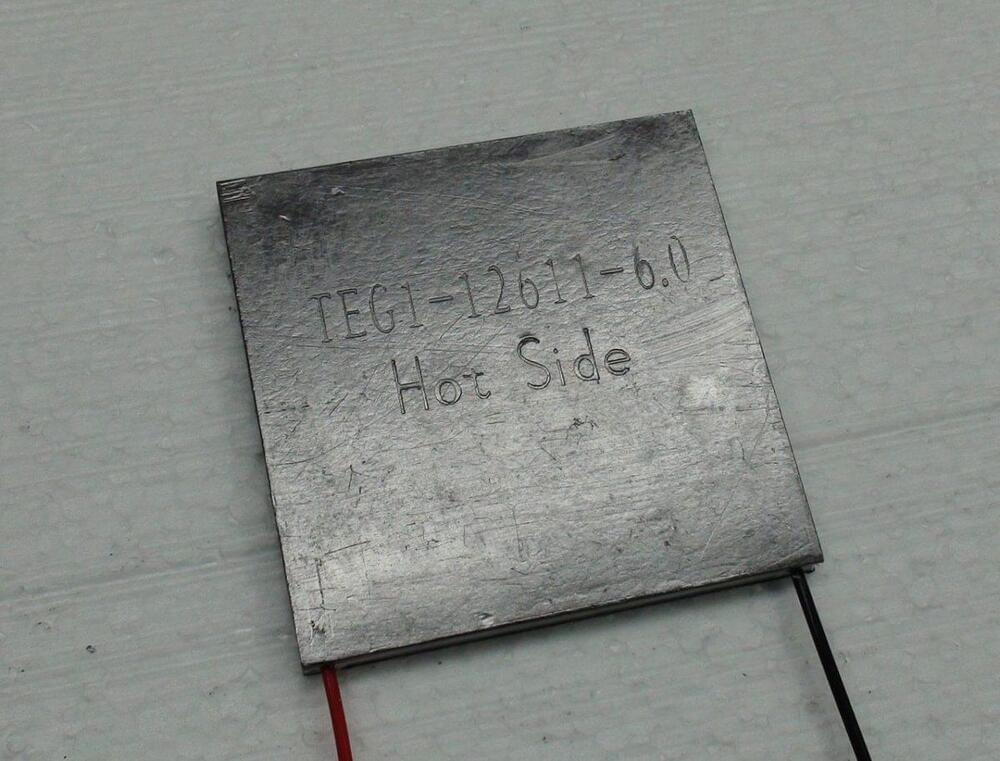The RVFL was used in combination with four different techniques: the Jellyfish Search Algorithm (JFSA); the Artificial Ecosystem-based Optimization (AEO); the Manta Ray Foraging Optimization (MRFO) model; and the Sine Cosine Algorithm (SCA). Through the four models, the academics assessed the PV-fed current, the cooling power, the average air chamber temperature, and the coefficient of performance (COP) of a PV-powered STEACS for air conditioning of a 1m3 test chamber under diversified cooling loads varying from 65 to 260W.
The system was built with six solar panels, an air duct system, four batteries, a charge controller, TECs, an inverter, heat sinks, a test chamber, and condenser fans. “The TECs were mainly connected with the air duct arrangement and placed close to each other [and] were placed between the air duct and heat sinks,” the researchers explained. “When direct PV current was fed to TECs arranged on the sheet of the air duct system, one face [became] cold, defined as a cold air duct, and another side [became] hot, called “hot air.” The air ducts were composed of an acrylic enclosure wrapped with a protection sheet.”










Comments are closed.